Zhanyuan Garden, Nanjing - Eintrittskarten, Öffnungszeiten, Lage und Highlights
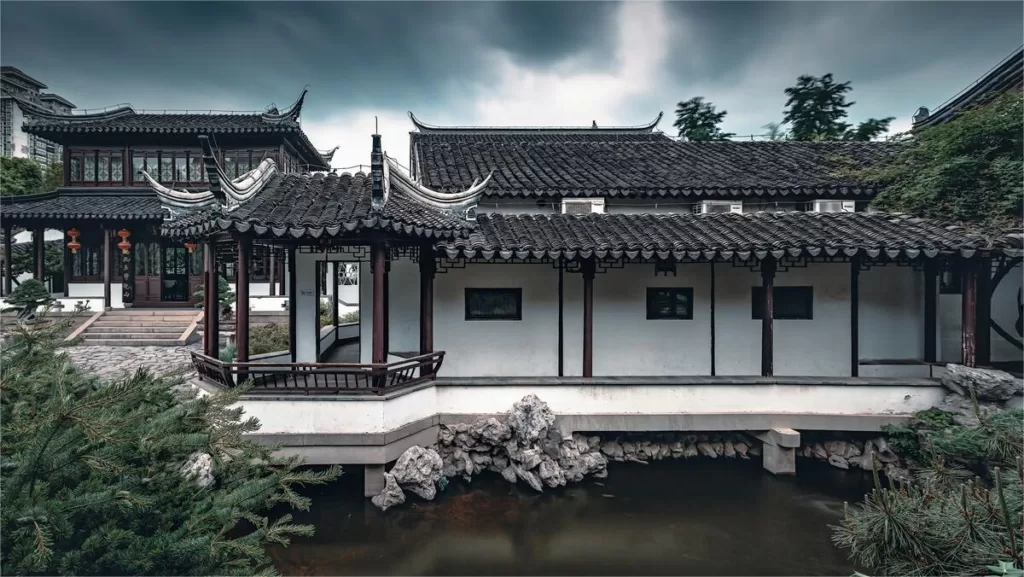

Zhanyuan Garden (瞻园), also known as Zhan Garden, is a historical treasure in Nanjing, China, with a history dating back over 600 years to the Ming Dynasty. It was originally built as a royal garden for the Wu King before being bestowed to Xu Da, the King of Zhongshan, as his residence and garden. Known for its magnificent rockeries and serene landscapes, Zhanyuan Garden is one of the oldest surviving classical gardens from the Ming Dynasty, and it is often regarded as one of the “Four Famous Gardens of Jiangnan,” alongside Jichang Garden in Wuxi, Der Garten des bescheidenen Verwalters und Verweilender Garten in Suzhou.
Nestled within an area of approximately 20,000 square meters, Zhanyuan Garden boasts over 20 significant scenic spots, each meticulously designed to create an atmosphere of elegance and charm. The garden is home to grand architectural complexes from the Ming and Qing Dynasties, towering and precipitous artificial rockeries, renowned Taihu stones from the Northern Song Dynasty, graceful pavilions and towers, and a captivating arrangement of peaks and valleys. Notably, Zhanyuan Garden also houses the Taiping Heavenly Kingdom Historical Museum, the only museum in China dedicated to the history of the Taiping Heavenly Kingdom.
Inhaltsübersicht
- Grundlegende Informationen
- Standort und Transport
- Highlights of Zhanyuan Garden
- Vlog about Zhanyuan Garden
- Nützliche Tipps aus Rezensionen zusammengefasst
- Attractions Near Zhanyuan Garden
Grundlegende Informationen
| Geschätzte Dauer der Tour | 1 - 2 Stunden |
| Ticketpreis | 30 RMB for the day 40 RMB for the night 100 RMB for the admission and the performance at night |
| Die Öffnungszeiten | 8.00 - 21.00 |
| Telefon Nummer | 0086-025-52201849 |
Standort und Transport
Zhanyuan Garden is situated in the city of Nanjing, which is the capital of Jiangsu Province in eastern China. Nanjing, also known as “the Southern Capital,” holds great historical significance and is renowned for its rich cultural heritage. Its exact address is No. 128, Zhanyuan Road, Qinhuai District, Nanjing, China. To get there, you can choose the following ways:
Bus: Take bus 2, 26, 44, 46, or 202, get off at Zhonghua Road Zhangyuan Road (中华路瞻园路), and you will be standing at the north gate of the garden.
Metro: The nearest metro station to Zhangyuan Garden is Sanshan Street (三山街) on line 1. After getting out of the station from Exit 4, walk about 300 meters to the east to reach the garden.
Highlights of Zhanyuan Garden
Exquisite Architecture

Within Zhanyuan Garden, you will find several remarkable architectural structures, each steeped in history and architectural significance.
- Jingmiao Hall: Built during the Ming Dynasty, Jingmiao Hall covers an area of 195.75 square meters. The interior is divided into two main halls, separated by an ornamental screen. Both the eastern and western walls have small windows, while the north and south feature floor-to-ceiling partitioned doors. To the south, a moon platform and a railing offer views of the water features, fish, and the scenery of the Southern Rockery.
- Laishuangfengqing Hall: This hall, covering an area of 112 square meters, is connected to the Flower Basket Hall on the west side. To the east, there is an Observation Pavilion, and to the south, a small courtyard. The Observation Pavilion is the tallest structure in Zhanyuan Garden, providing breathtaking panoramic views of the garden’s lakes, mountains, and landscapes.
Taiping Heavenly Kingdom Historical Museum

As you enter the museum, you’ll be greeted by a bronze statue of Hong Xiuquan, the leader of the Taiping Heavenly Kingdom. On either side of the courtyard, you can see 20 large cannons used by the Taiping Heavenly Kingdom during their rule. This museum is the most extensive collector of Taiping Heavenly Kingdom artifacts and historical documents in China, making it the country’s sole specialized museum dedicated to the history of the Taiping Heavenly Kingdom. It houses an extensive collection, including the Jade Seal of Heavenly Father, the Emperor’s Robes, the Gold Crown of Loyalty, the Royal Flag, a precious sword, stone basins, and hundreds of other artifacts that bring the history of the Taiping Heavenly Kingdom to life.
Tiger Character Stele

As you enter the Garden of Viewing Fish, you’ll encounter a monumental calligraphy stele inscribed with the Chinese character “虎” (tiger). This ancient stele is a cherished treasure in the garden, often referred to as the “Top Stele Under Heaven.” The character “虎” is executed in a single, bold stroke, resembling a roaring tiger. Local folklore attributes various blessings to touching different parts of the stele: touching the tiger’s head brings good fortune, the tiger’s mouth wards off evil spirits, the tiger’s body symbolizes career success, the tiger’s back signifies wealth and prosperity, and the tiger’s tail represents completeness and perfection.
Breathtaking Rockeries

Zhanyuan Garden is renowned for its exquisite rockeries. Despite its relatively small size of only 8 acres, nearly half of the garden is dedicated to rockeries, occupying about 3.7 acres. These rockeries are divided into two sections: the Southern Rockery and the Northern Rockery. The Southern Rockery features a landscape that mimics natural limestone erosion, with several stalactites hanging from the rocks. The lush vegetation on the rockery imparts a sense of vitality to this area. The Northern Rockery is a Ming Dynasty relic, constructed using various Taihu stones of different shapes and sizes. It is located at the western and northern ends of the northern part of the garden, offering commanding views of the entire garden.
Seasonal Beauty
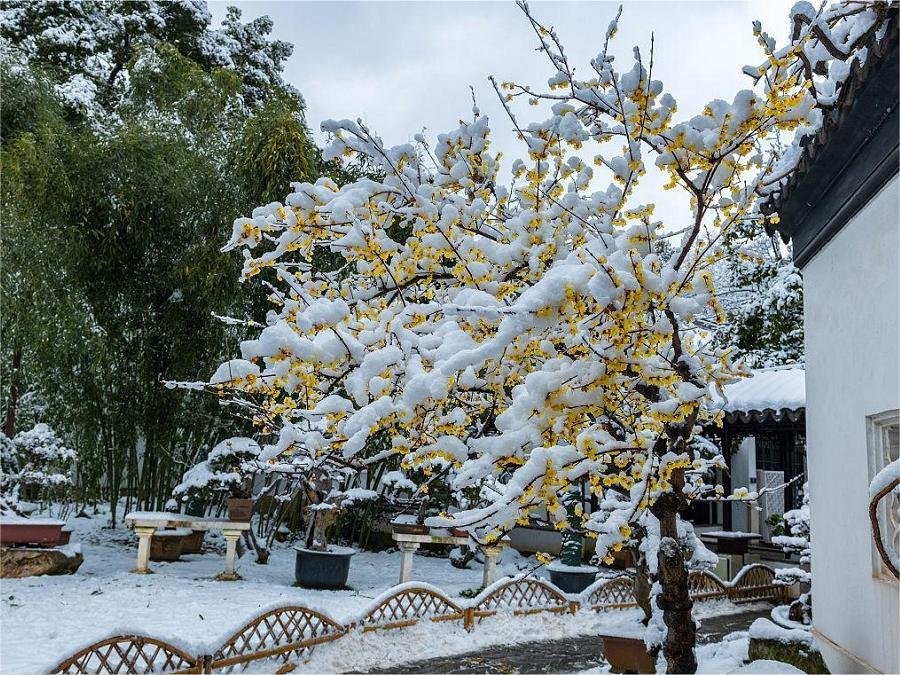
Zhanyuan Garden boasts a mesmerizing display of seasonal beauty throughout the year. In spring, the garden is adorned with vibrant cherry blossoms, magnolias, and other blossoming flowers, creating a colorful tapestry. Summer brings lush greenery, with lotus flowers blooming in the tranquil ponds. Autumn transforms the garden with a kaleidoscope of red, orange, and golden foliage, as leaves change color. Winter blankets the garden in a serene atmosphere, where the minimalist beauty of bare trees and frost-covered landscapes reigns. Each season offers a unique spectacle, allowing visitors to witness the ever-changing beauty of nature and experience the enchantment of Zhanyuan Garden in different ways.
Vlog about Zhanyuan Garden
Nützliche Tipps aus Rezensionen zusammengefasst
Night Performances: Evening performances primarily feature Kunqu Opera and Yue Opera, with themes including Dream of the Red Chamber, Peony Pavilion, and Butterfly Lovers. Typically, there are two performances each night on Fridays and Saturdays, lasting 40 minutes each.
Manageable Time: Contrary to expectations, the garden isn’t very large, and a visit should take no more than 2 hours. Plan your time wisely.
Gelegenheiten zum Fotografieren: The visitor flow is not overwhelming, and there are numerous picturesque spots suitable for photography. Consider exploring the garden during the day and revisiting Old East Gate at night.
Main Path as Historical Museum: The main pathway in the garden serves as a museum showcasing the history of the Taiping Heavenly Kingdom. Passing through the exhibition halls leads you into a typical Jiangnan-style garden.
Cat-Friendly Garden: Within the garden, you’ll encounter many adorable cats. They climb trees, bask in the sun, and play around. The cats are not afraid of visitors and seem to peacefully exist in their own cat world.
Attractions Near Zhanyuan Garden

Der historische Bezirk Laomendong - ein Zeugnis der lebendigen Vergangenheit Nanjings

Der Qinhuai-Fluss - seit mehr als 200 Jahren ein herausragendes Wahrzeichen

Das Zhonghua-Tor - ein majestätisches, freies Tor
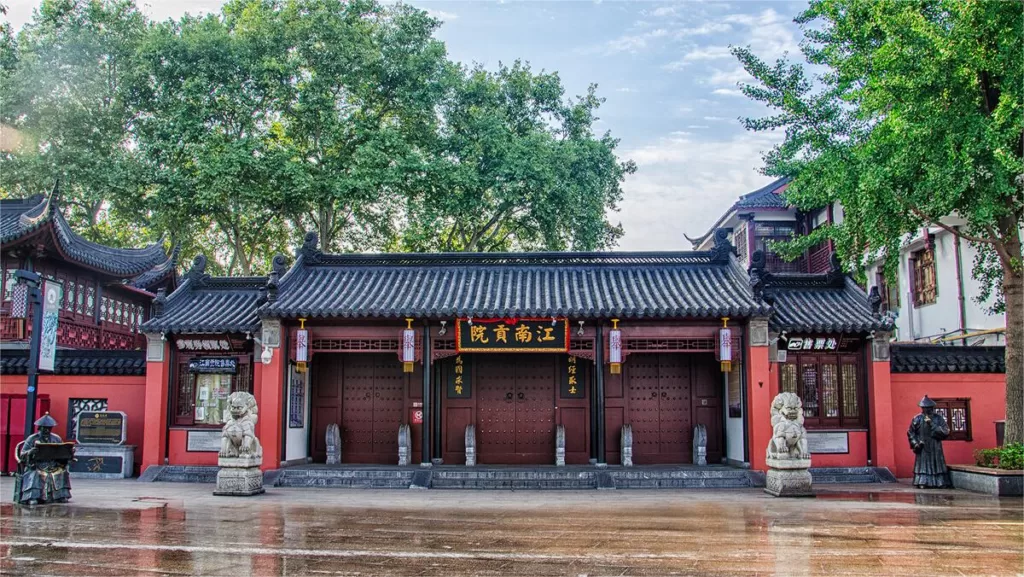
Die Jiangnan-Prüfungshalle - eine Schlüsselinstitution in Chinas kaiserlichem Prüfungssystem
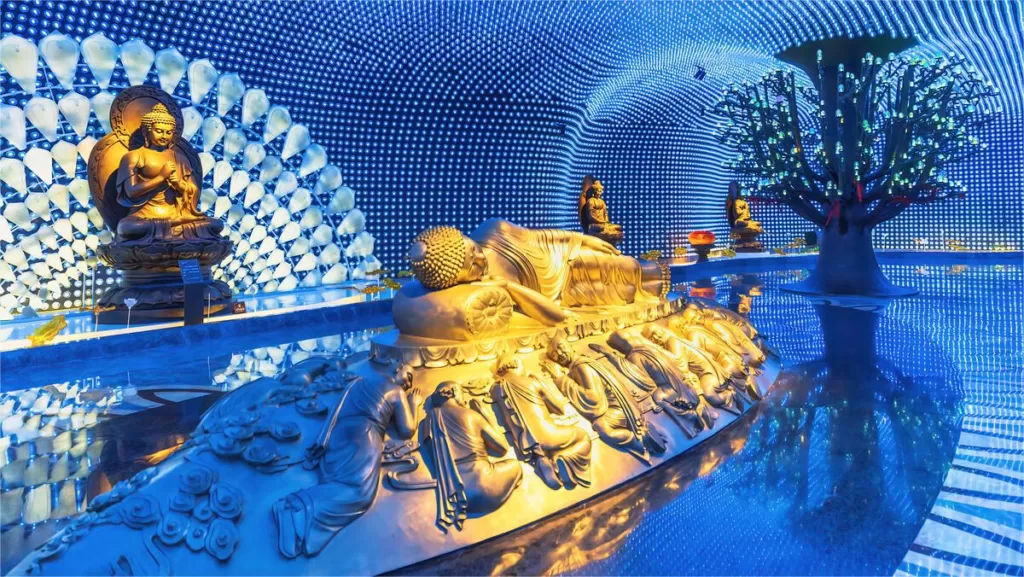
Bao'en-Tempel - Ursprünglich im 4. Jahrhundert erbaut
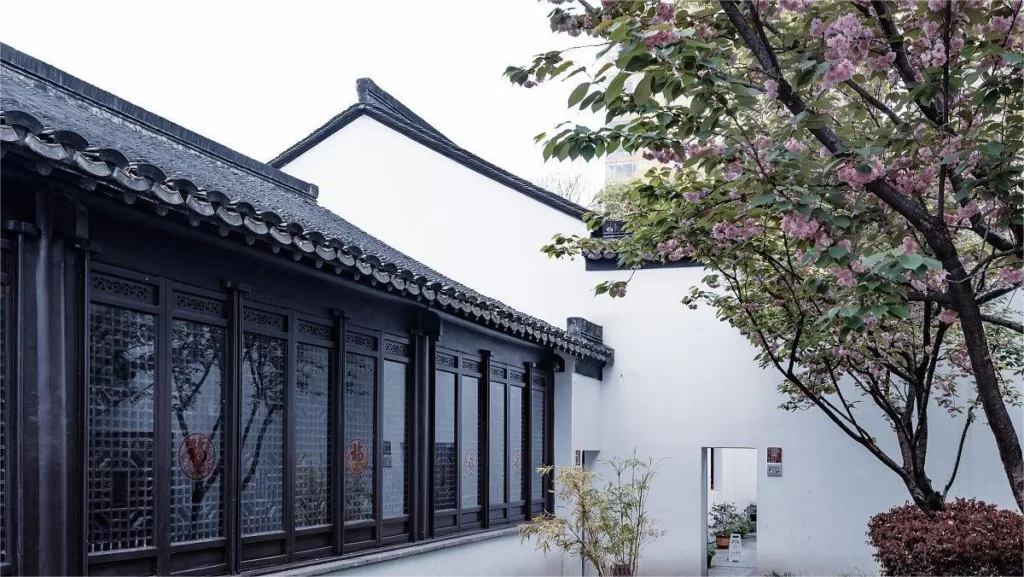
Die ehemalige Residenz von Gan Xi - ein Ort aus einer vergangenen Epoche

Der Porzellanturm von Nanjing - ein architektonisches Wunderwerk

Kaiserliches Prüfungsmuseum - Ein System, das die chinesische Gesellschaft geprägt hat
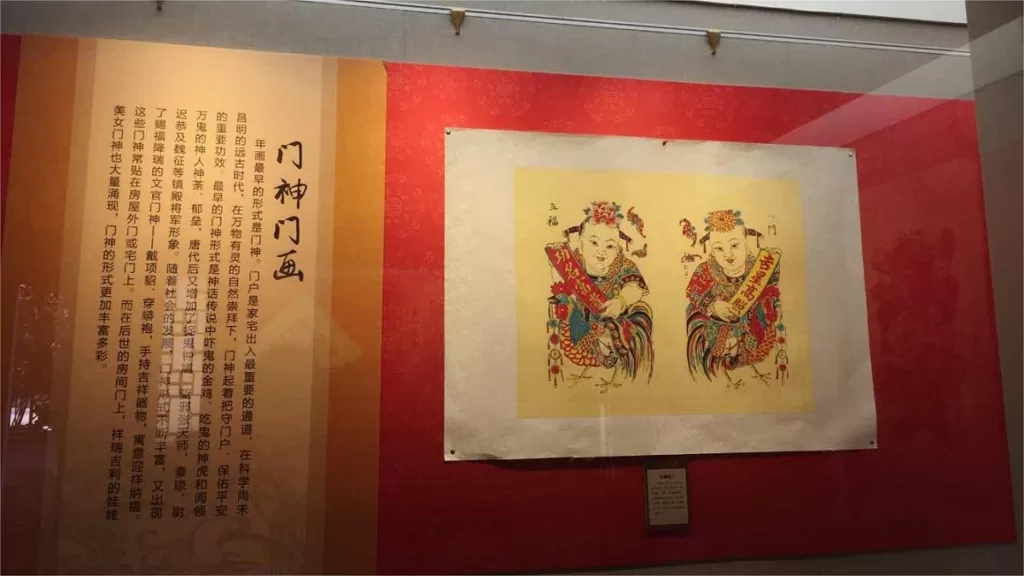
Nanjing Folk Museum - Ein Einblick in das tägliche Leben der Einheimischen
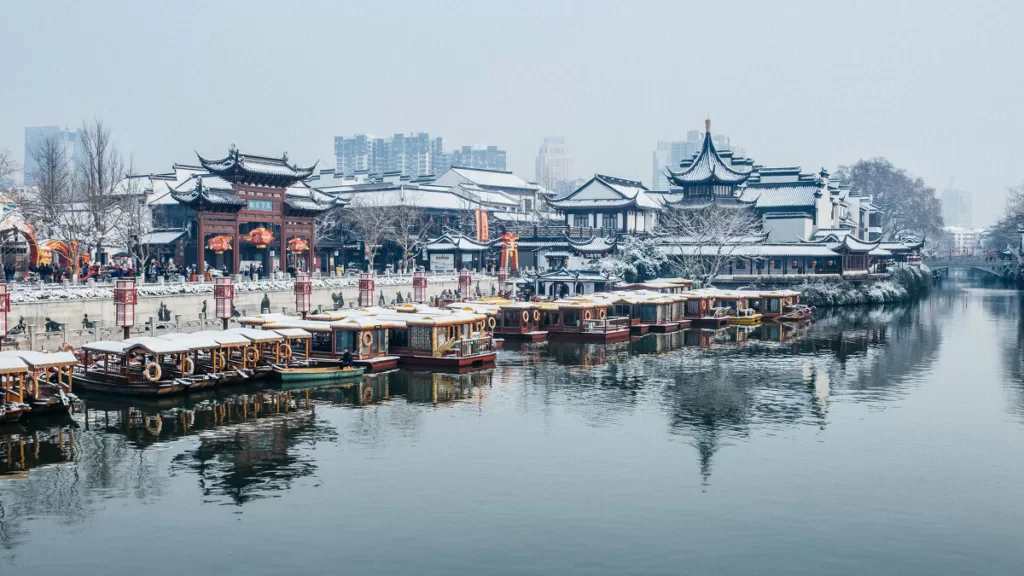
Nanjing Konfuzius-Tempel - einer der vier größten Konfuzius-Tempel in China
Historische Stätten in Jiangsu, Nanjing Attraktionen